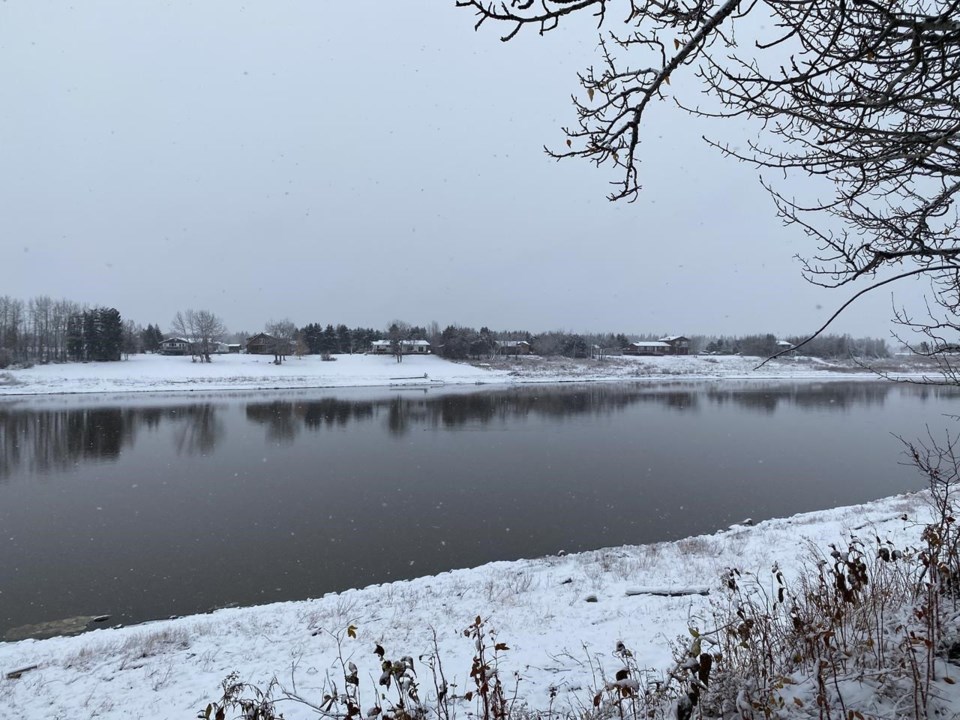HAY RIVER, N.W.T. — Health officials in the Northwest Territories say they're responding to an increase in opioid toxicity deaths.
Chief Coroner Garth Eggenberger says there were six such deaths in the territory last year, all in the town of Hay River.
He says in each case, the person was using drugs alone and did not have naloxone, a medication used to reverse an overdose, on site.
Chief Public Health Officer Dr. Kami Kandola says five of the deaths involved fentanyl or carfentanil.
Eggenberger says it was largely crack cocaine that was contaminated with the powerful opioids.
He believes people purchased the drugs outside of the territory and were unaware they contained fentanyl or carfentanil.
"The toll on families is tremendous," he said Tuesday.
Kandola said the drug poisonings are a "complete anomaly" for Hay River. She called the town, which had a population of 2,380 in 2021 and is near the Alberta boundary, a gateway to the North.
She issued three public health advisories last year warning of the presence of fentanyl and carfentanil in the town's illicit drug supply.
"This is a serious public health issue," Kandola said.
"It doesn't matter if people have been using for a long time or recreational users are trying for the first time, everyone is at risk when they use illicit drugs because you just don't know what they're contaminated with."
She said anyone who consumes drugs should not do so alone, and recommends not mixing substances, starting with small amounts and keeping at least two naloxone kits nearby.
The federal government says fentanyl is 20 to 40 times more potent than heroin and 100 times more potent than morphine. Carfentanil is about 100 times stronger than fentanyl.
The number of opioid toxicity deaths in the N.W.T. has fluctuated in recent years.
There were five such deaths in 2016, one in 2017, two in 2018, one in 2019, and three in both 2020 and 2021. There has been one suspected overdose in 2023 so far.
The last confirmed opioid-related death reported in Hay River before 2022 was in 2020.
Kandola said her staff will meet with local leaders, community members, service providers and non-government organizations in Hay River to develop a targeted public awareness campaign.
Monica Piros, director of child, family and community wellness for the Hay River Health and Social Services Authority, manages three non-medical programs that are responding to the drug crisis. She said they have distributed naloxone kits, raised awareness about the dangers of fentanyl and carfentanil and offered support to people with addictions.
Erin Griffiths, chief executive officer of the authority, said addressing the problem will require a co-ordinated and tailored response.
"We know our community best and we know what's going to work," she said. "I think our traditional approaches to how we support folks in our community no longer address the issues that we're currently facing."
Naloxone kits are available at clinics, pharmacies, health centres and hospitals, among other locations across the territory.
Other supports in the N.W.T. include the community counselling program, help lines, land-based treatment programs and peer support and aftercare initiatives.
A report by the Auditor General of Canada published in May found the three health and social services authorities in the territory were not adequately providing residents with accessible, co-ordinated and culturally safe addictions prevention and recovery services.
Respondents to an addictions recovery survey published in 2021 reported high levels of satisfaction with available programs but said they want more services, particularly in communities and regional centres.
The last treatment centre in the N.W.T. was closed in 2013. Territorial residents can access residential treatment facilities in several provinces.
The territorial government is working to establish a medical detox program.
— By Emily Blake in Yellowknife
This report by The Canadian Press was first published Jan. 24, 2023.
___
This story was produced with the financial assistance of the Meta and Canadian Press News Fellowship.
The Canadian Press



